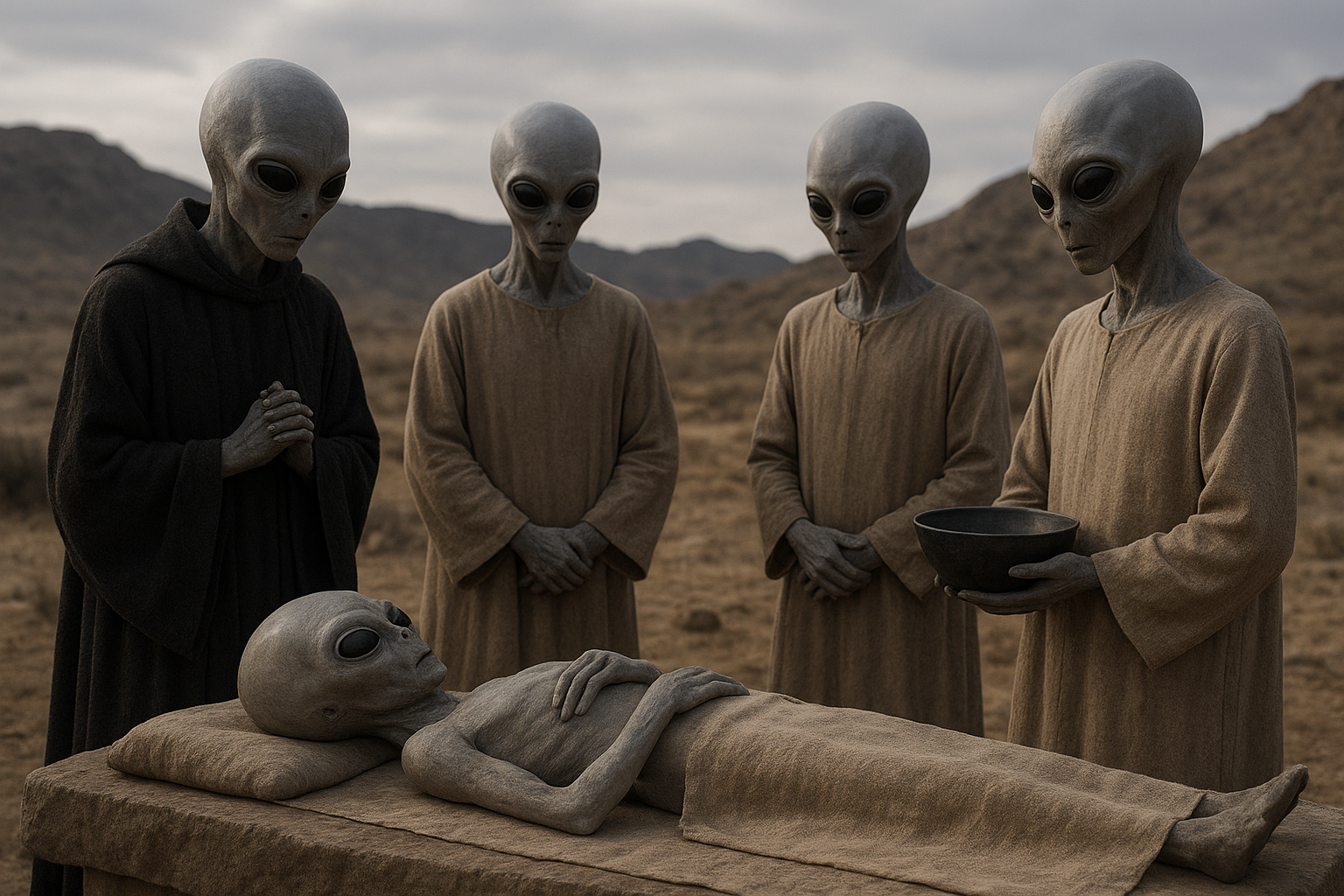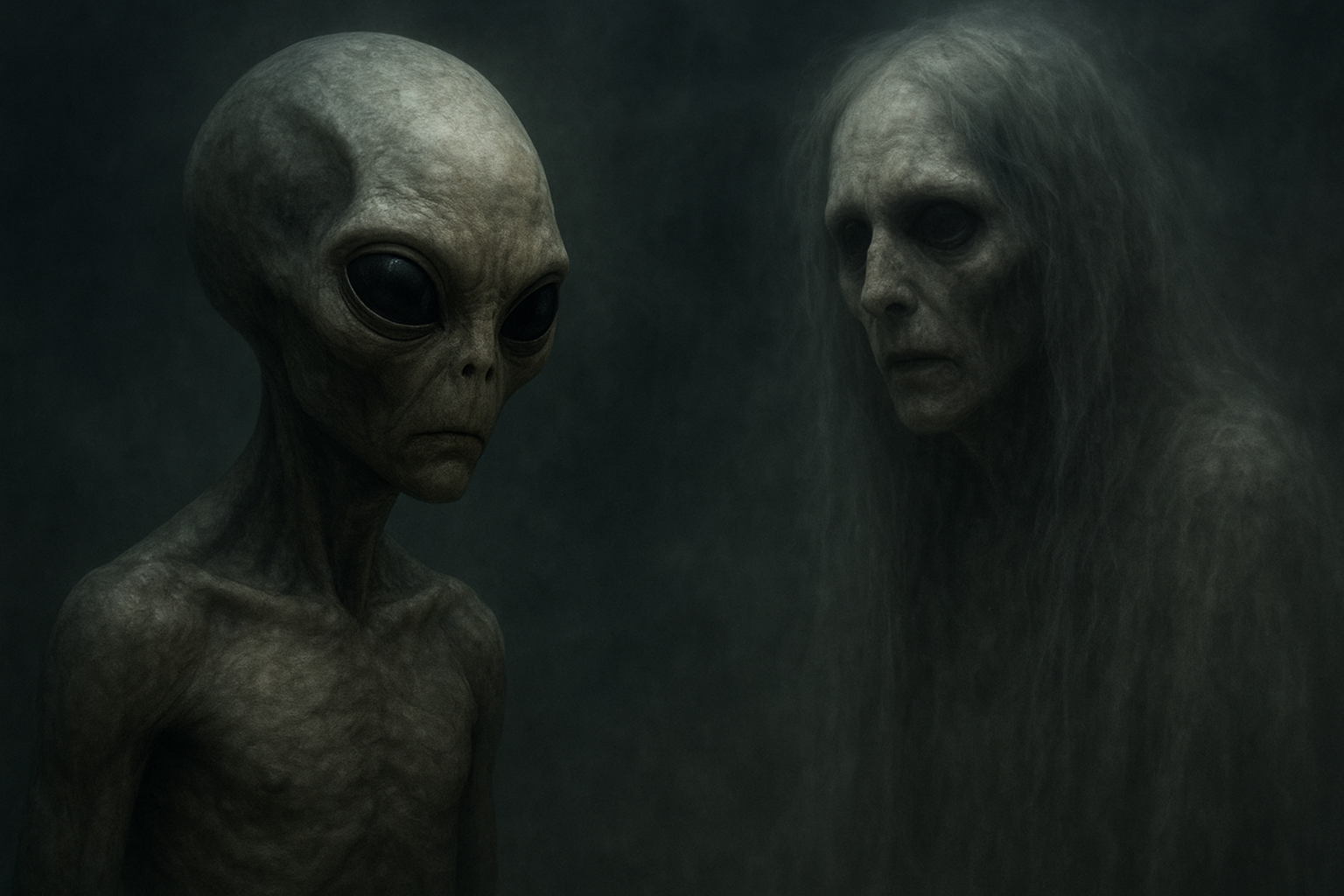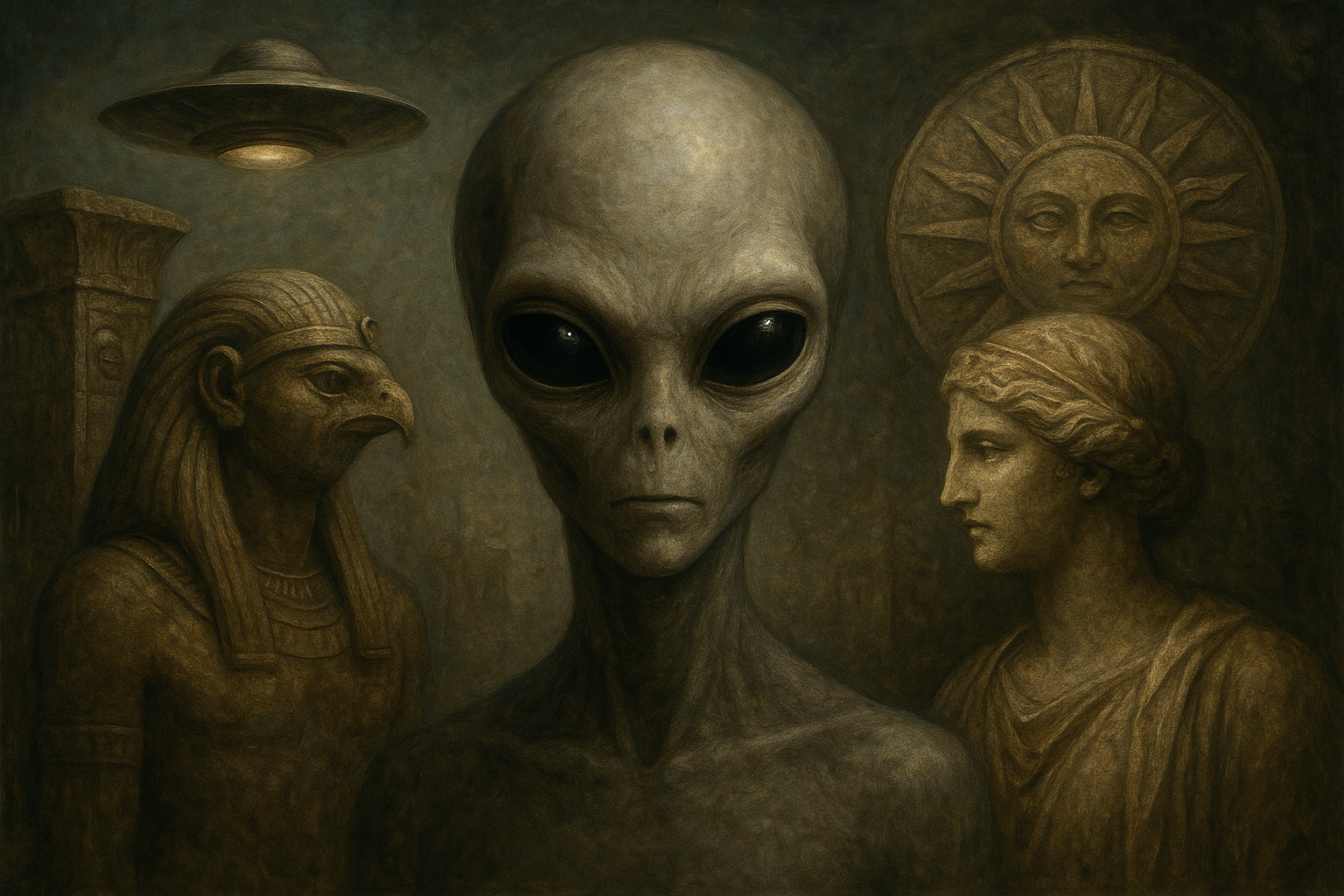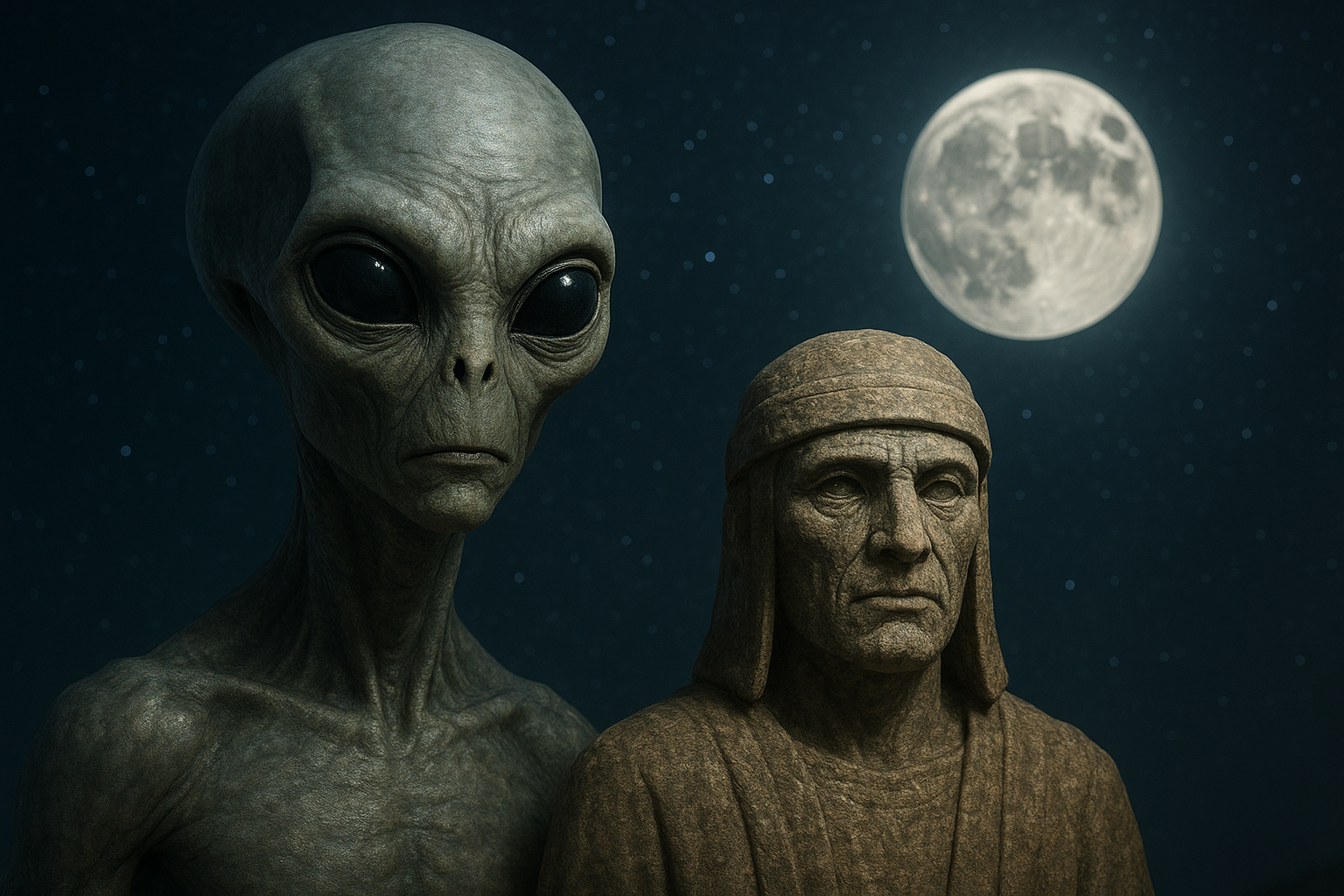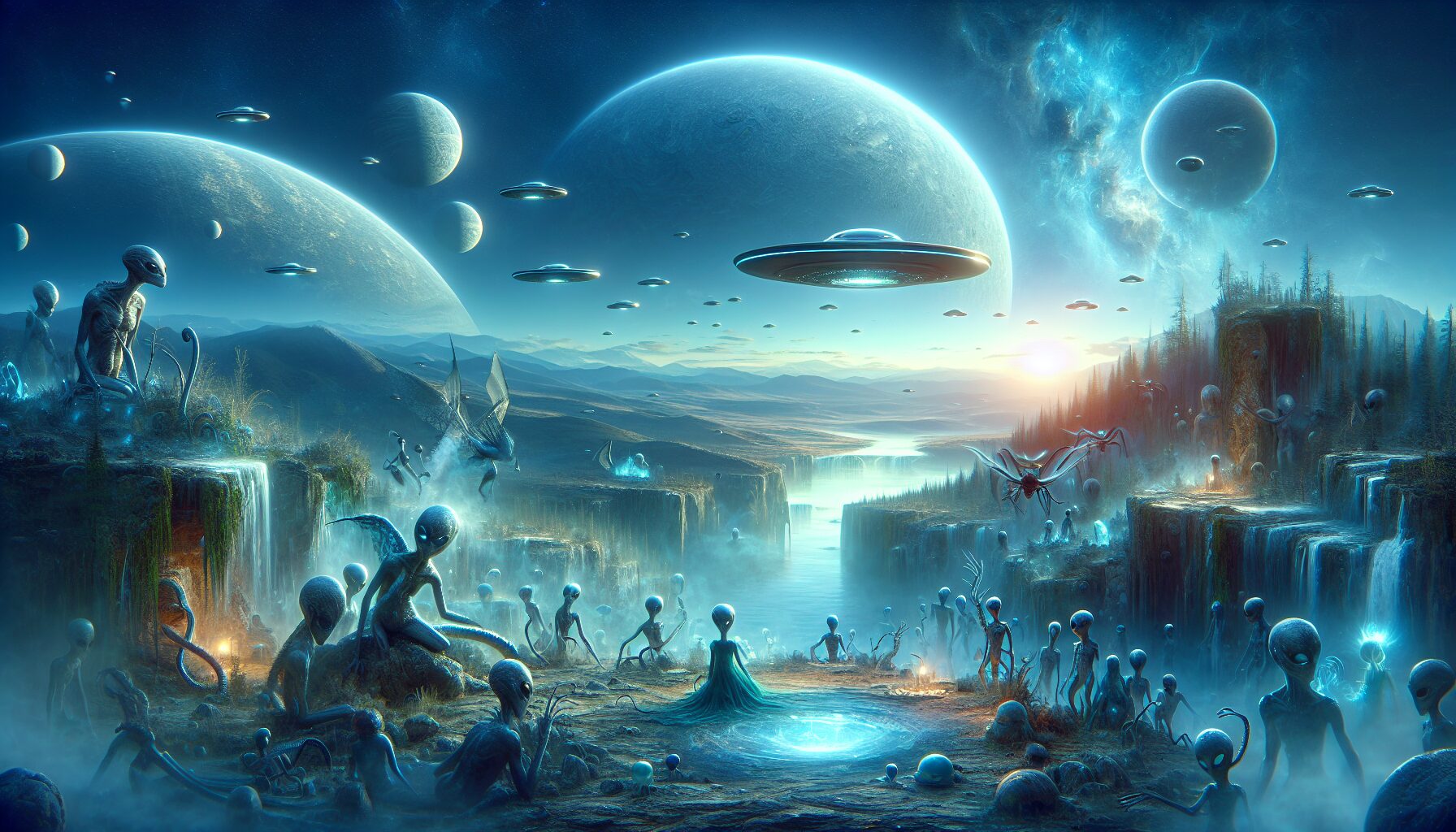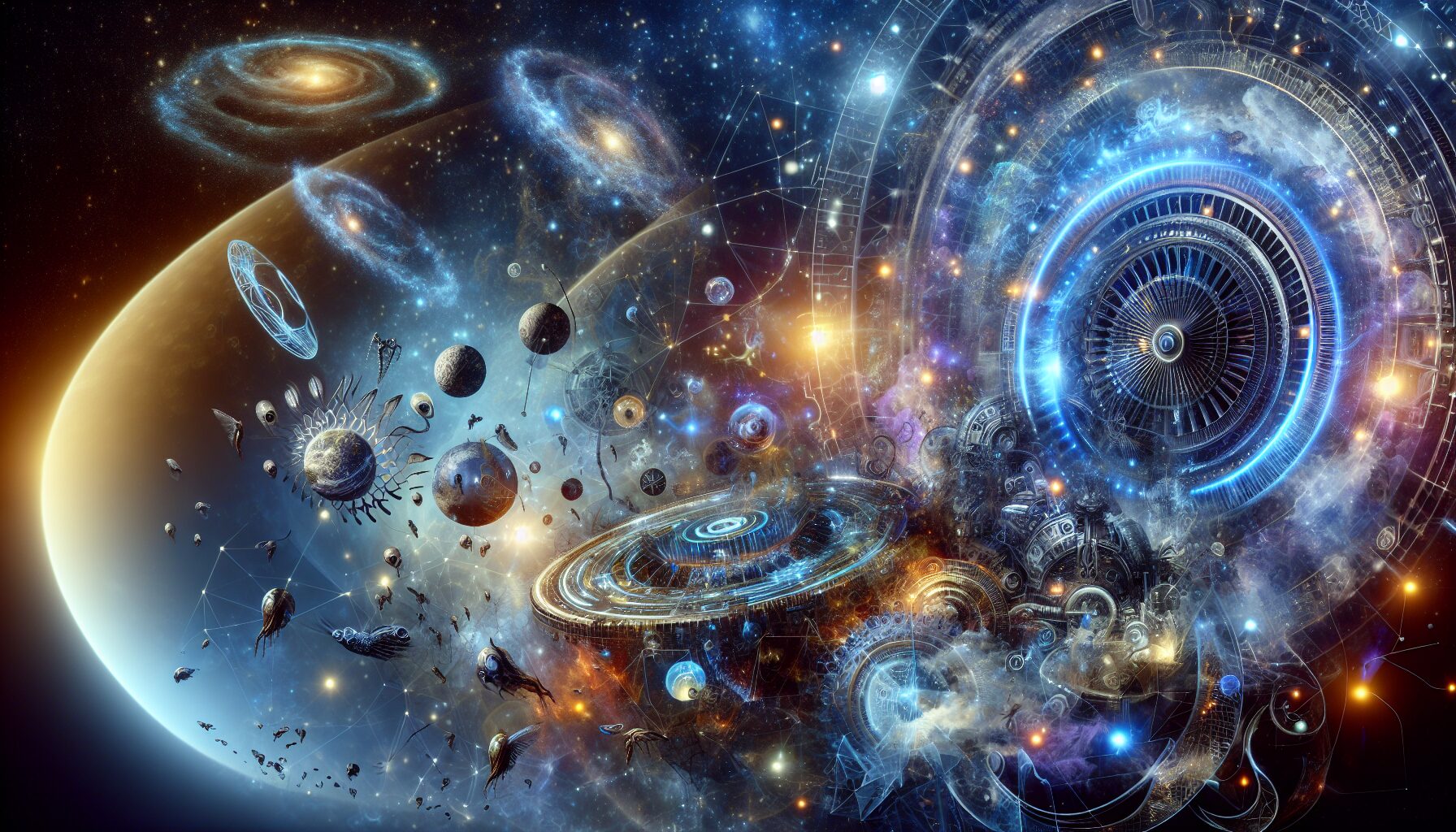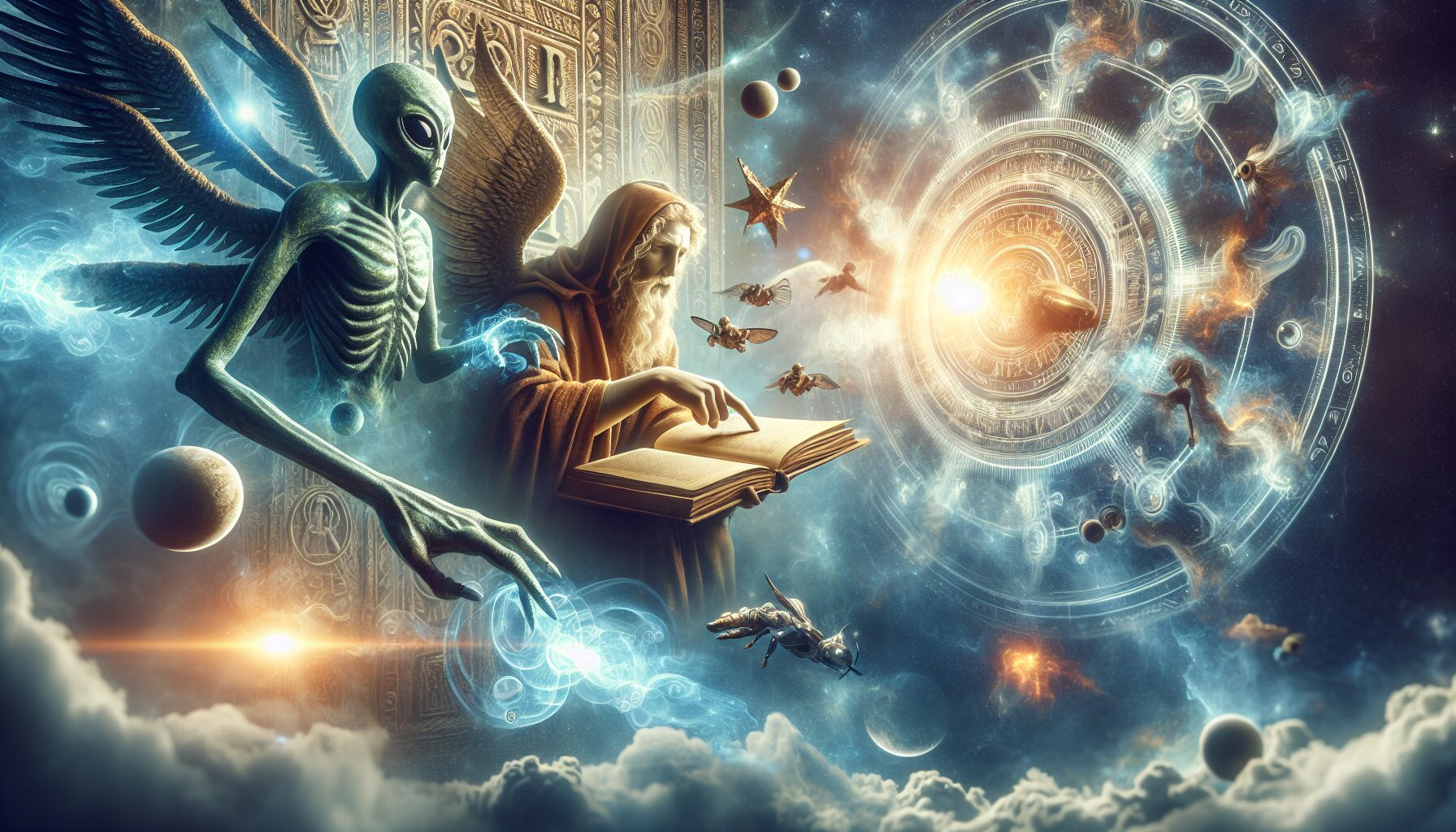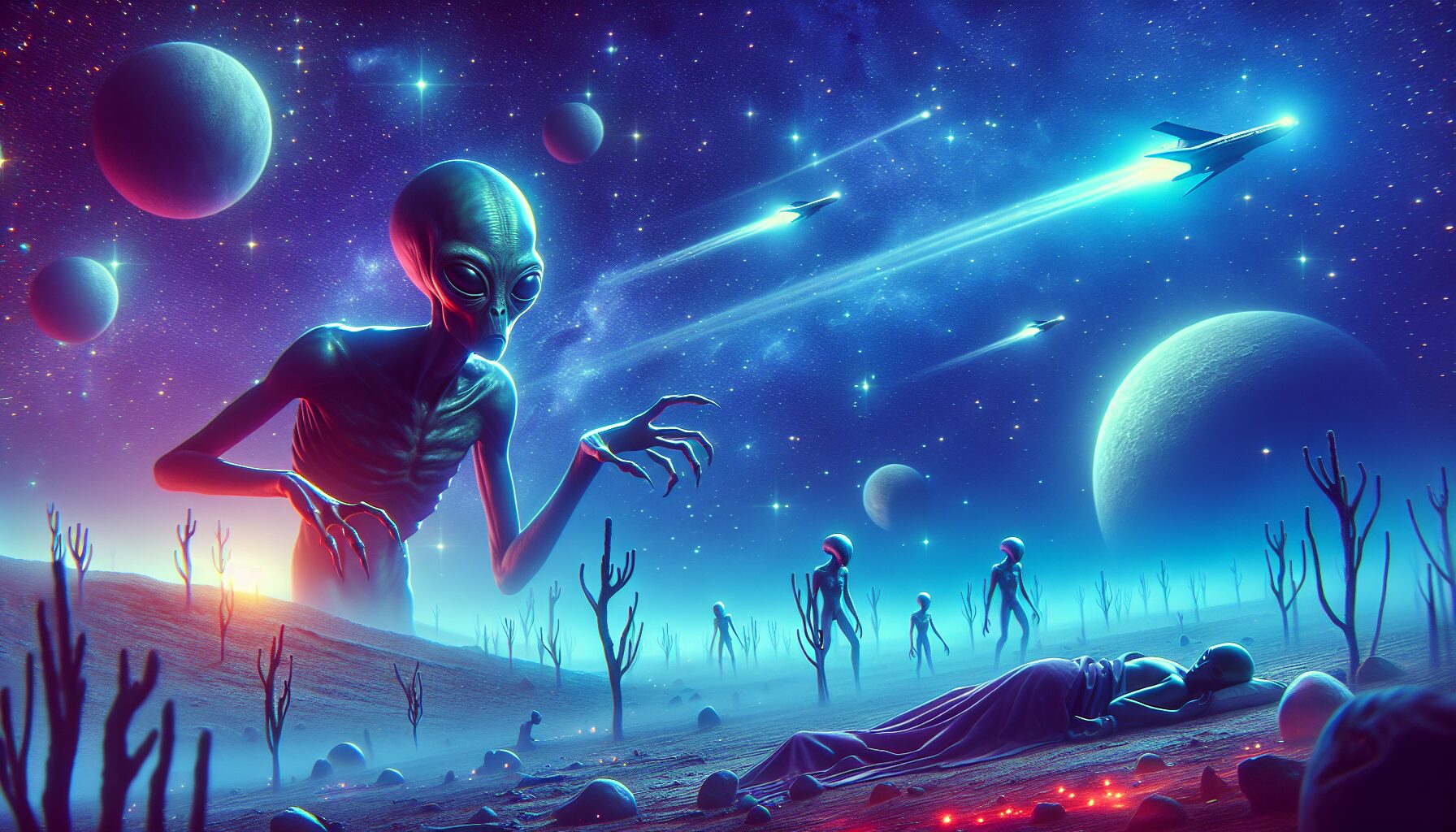Alien Funerals: Extraterrestrial Rituals of Ending
The vastness of our universe suggests that life, in various forms, could exist beyond our planet. While much attention is given to the possible culture and technologies of extraterrestrial beings, one intriguing aspect often overlooked is how these life forms might handle death. What might alien funerals entail?
Imagining the funerary rituals of extraterrestrial beings opens the door to endless possibilities. Just as Earth’s cultures vary widely in how they honor the dead, so too might alien civilizations have developed unique practices and beliefs.
Possibilities in Alien Funerary Practices
- Cremation and Dispersal: Much like some Earth cultures, extraterrestrial beings may opt for cremation. The remains could be scattered across their home planet or even into space, symbolizing a return to the cosmos.
- Technological Transformations: Considering advanced technology, some civilizations might transform deceased individuals into digital consciousness, allowing the deceased to exist forever in a virtual world. This idea reflects the human aspiration showcased in science fiction films like Transcendence and television series like Black Mirror.
- Planetary Burial: Planets or moons within their solar system could be designated as sacred burial grounds. These bodies would serve as eternal resting places, akin to cemeteries on Earth.
- Starship Memorials: In honor of fallen comrades, certain species might launch star-bound memorial vessels, forever traversing the galaxy. Such spacecraft could serve as both mausoleums and monuments to achievement, embodying the eternal journey.
Interstellar Philosophies on Death
While earthly customs are deeply rooted in religious and cultural beliefs, alien species might approach death from an entirely different perspective. The advanced races might view passing as a step in a cyclical process, akin to the Hindu belief in reincarnation or the idea of returning one’s essence to a universal life force.
Claude La Fray, an acclaimed ufologist, reflects, “The universe is rich with mysteries. Conceiving of alien life without acknowledging their philosophies on existence and mortality would narrow our view of what it means to be sentient.” His insights can be further explored in publications such as “The Universal Soul: Exploring Extraterrestrial Consciousness”.
“The whole universe is in a symbiotic relationship with itself: life and death as processes more fundamental than what we as humans would categorize as ‘an ending.’” – Dr. Linda Littlejohn, Astrobiologist at The University of Exeter
As we continue our search for extraterrestrial life, pondering these rituals offers a window into understanding the profound ways in which alien life forms might navigate the unavoidable reality of death.
